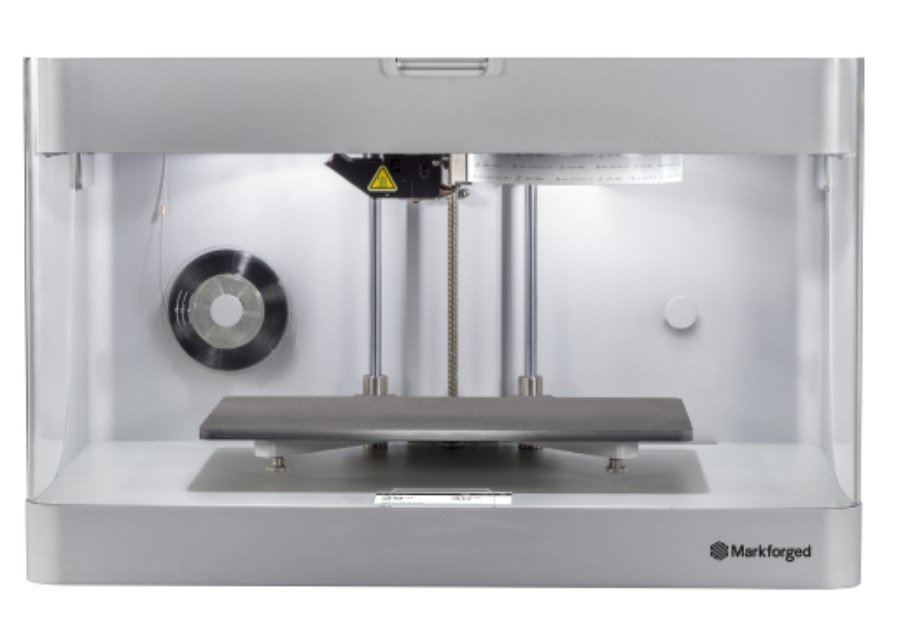Single, dual, or triple screw Z?
Single, dual or triple screw Z?
(Part 1)
You will probably notice that most high-end commercial printers use either single or dual lead screws (or ball screws) but seldom 3.
Single screw Z pros
With just a single Z screw there is the least chance of mechanical quarrel. Mechanical quarrel is when two mechanical forces oppose each other and in kinematic systems it usually leads to increased friction or binding if the systems don’t have some compliancy built in.
With a single linear motion system there is only one linear path that the bed should move in. Normally two large diameter heavy duty *smooth rods or a single very wide linear rail are used to create the vertical linear motion system. If two smooth rods are used a single piece bed arm (or cradle) bridges both smooth rods and the screw lifts in the centre of this arm.
A single piece non moving bridge is located at the bottom and often another is place at the top, providing a very rigid mounting structure for the smooth rods capable of overriding any lateral forces a bent lead screw might impart to the bed arm. The lead screw will typically be loosely constrained at one end.
This setup provides a precision of movement and helps produce high quality prints.
There is almost no chance of lead/ball screw induced artifacts.
Nice open access to the bed without obstruction from multiple linear motion systems.
Very simple system.
*In some rare instances two widely spaced linear rails may be used but dual linear rails abut to prevent binding dual linar rails need to be aligned in multiple planes. This normally requires a finely machined surface for both rails to sit on (expensive) or some compliancy need needs to be built in (sub optimal).
Single screw Z cons
Can’t do automatic bed levelling. Bed levelling must be manual.
As the bed is always cantilevered and there is only one bed arm. This bed arm must be sturdy. This generally necessitates it being machined from metal (expensive).
The vertical linear motion system is normally bespoke and the bed arm and supporting structures (for twin smooth rods) are machined from billet for rigidity and accuracy….and hence consequently expensive.
Heavy duty linear bearings are required as they need to cope with the angular loads of the cantilevered bed. All else being equal these bearings also need to be longer for this reason than bearings used on dual or triple screw Z motion systems.
As the bed is only supported on one side it must be thick enough not to flex…which makes in expensive and heavy.
Z movement speed is usually limited to stop the bed ‘flapping’. If you are using Z hop when printing to stop the nozzle dragging across the just printed layer this will increase print times more than you might initially expect.
Bed depth is normally limited, and it is common that the beds will be much wider than they are deep.
As only one screw is doing the lifting it needs to be heavier duty than a two or three screw system and is hence often a ball screw. Ball screws are more expensive than leadscrews.
Summary
A single screw Z motion system with a cantilevered bed is the simplest solution and works great for small bed sizes.
However, to do a cantilevered bed properly you need expensive components and typically a custom machine bed arm, but the reward is a precision motion system without mechanical quarrel or screw induced artifacts in the prints.
Single Z screw cantilevered bed systems are currently the most popular of the designs used in small format commercial printers.
Example below is of a MarkForged printer which is has excellent kinematics and is capable of producing very high quality prints.often

(Part 2) Read more